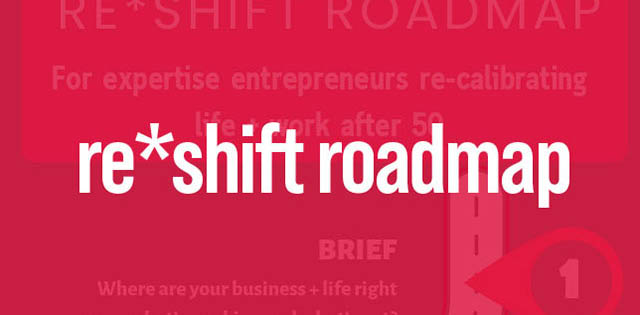Clients Are Not Your Boss
- July 11, 2022
- Posted by: Rochelle
- Category: Podcast, Running Your Business

This episode was sparked by a question about how to deal with bad-fit clients, but it was clear to us that the issue was deeper.
So Jonathan and I decided to address how to make it clear to clients they are not the boss—while creating mutually satisfying collaborative relationships:
Rethinking any outmoded belief systems we carry over from our jobs—for example that the “boss” is always right.
Where we owe our obligation and allegiance when it comes to dealing with client requests and direction changes.
Why collaborative relationships reinforce the value of your expertise and contribute to outcomes that stick.
How you can determine—as early as a sales conversation—whether your potential client will be your dream (or your nightmare).
Setting boundaries to avoid becoming a martyr to the project (or your client).
Quotables
“You are just there to fiercely defend the outcome of the project.”—JS
“The way that a client feels when they own this thing that you’ve created together, it creates a bond between you. They’re gonna want to talk about you. They’re gonna wanna bring you in again…it’s really powerful collaboration.”—RM
“It happens from the very beginning—setting up the expectation that…that they’re not your boss, that it’s a collaboration.”—JS
“A client can be the nightmare or the dream. It’s not about the person—it’s about the match between you and the outcome you want to create together.”—RM
“(When you) have them share with you how this will fit into the overall business and you pivot into the why conversation, bad clients will hate that. Good clients will love that.”—JS
“You only want to work with people for whom you can create these transformational outcomes together.”—RM
“Just imagine what your business would look like if you were producing a trail of smiling clients.”—JS
“Start with believing that you have something valuable to offer and setting the boundaries you need so you don’t become a martyr to the project.”—RM






